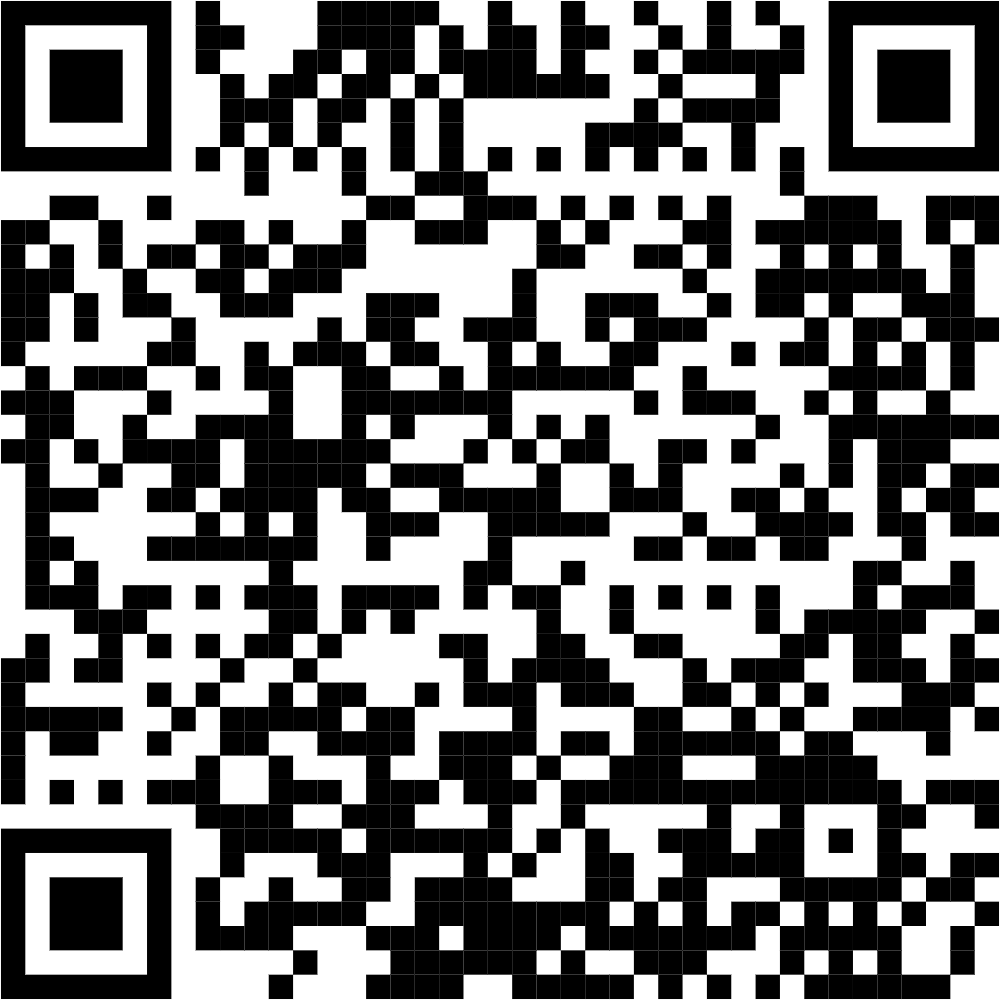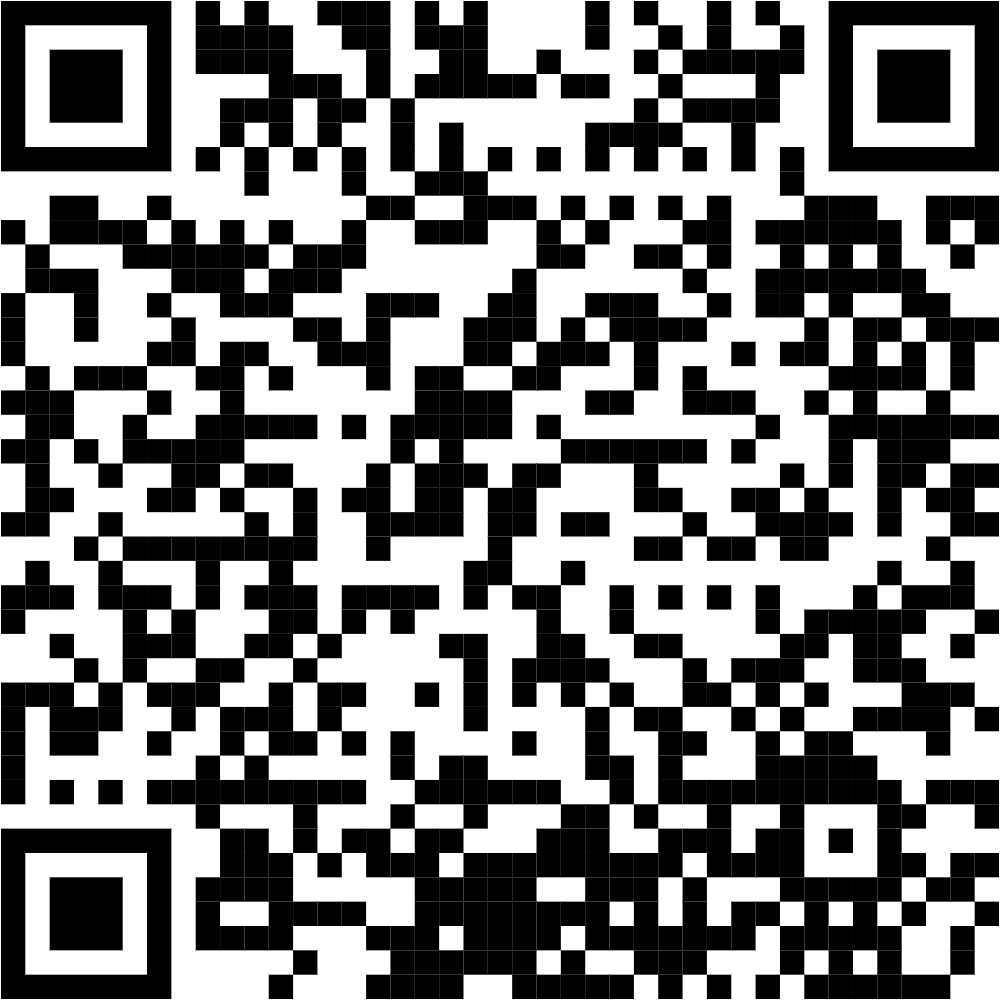CODE-SWITCHING AND CODE-MIXING PRACTICES IN ENGLISH FOR SPECIFIC PURPOSES (ESP) COURSES
DOI:
https://doi.org/10.46961/jip.v8i2.173Keywords:
ESP, code switching, code mixingAbstract
This study focuses on the practices of the ESP (English for Spesific Purposes) lecturer and students toward code-switching and code-mixing (CS/CM) in the class activity. The study used descriptive qualitative method in the research. In collecting the data, the researcher shared some questionnaires and did interviews and observation. It provides the clear findings of the actual implementation of the institutional language policy on the medium of instruction in the classroom. CS/CM in both Indonesian and English languages emerged as the lecturer’s code choice in the classroom instruction. Such language practice seems not to only have undermined the role of English as the stipulated medium of instruction, but also underestimated the speech behaviour of bilinguals. It causes the conflict between the language policy and the actual use of English and Indonesian in the classroom.
References
Appel, R. and Musken, P. (2010). Language Contact and Bilingualism. Great Britain: Edward Arnold.
Ariffin, K. & Misyana S.H. (2011). Code-switching and Code-mixing of English and Bahasa Malaysia in Content Based Classrooms: Regularity and Behaviours in The Linguistics Journal. Universiti Teknologi MARA.
Bloomfield, L. (2013). Language. New York: Holt Rinehart, and Winston.
El-Fiki, H. A. (20099). Code-mixing of Arabic and English in a university science teaching context: Regularity, grammatical categories and behaviors. Concordia University, Montreal, Quebec, Canada.
Gardner, R. & M.P. (2001). An instrumental motivation in language study: Who says it isn’t effective? Studies in Second Language Acquisition Journal.
Marjohan, A. (1998). An Introduction to Sociolinguistics. Jakarta: Departemen Pendidikan dan Kebudayaan.
Putri, L.A. (2020). Linguistic Features and Generic Structures in Discussion Writing: A Case Study at Politeknik Negeri Media Kreatif, Publipreneur Polimedia: Jurnal Ilmiah Jurusan Penerbitan Politeknik Negeri Media Kreatif Vol. 8 No. 1 (p. 57-65).
Putri, L.A. and Bustos, J. (2018). Assessing the Process Not Just the Message: A Cursory View of Student Assessment, International Journal of Cultural and Art Studies Vol. 1 No. 1 (p. 19-27).
Putri, L.A. and Clayton, K. (2020). The Identity Issue of the Colonized and the Colonizer in Cloud Nine by Caryl Churchill, International Journal of Cultural and Art Studies Vol. 4 No. 1 (p. 1-8).
Sinar, T.S., Putri, L.A., Putri, D.M., (2019). Self-Assessment and Reflection in Portofolios Enhancing EFL Students’ Writing. Elementary School Journal Vol. 9 No. 4 (p. 309-318)
Wardaugh, R. (1998). An Intoduction to Sociolinguistics Third Edition. Massachussetts: Blackwell Publisher Inc.
Downloads
How to Cite
Issue
Section
Citation Check
License
The Authors submitting a manuscript do so on the understanding that if accepted for publication, copyright of the article shall be assigned to Jurnal Ilmiah Publiprenuer and Politeknik Negeri Media Kreatif, Indonesia as the publisher of the journal.
Copyright encompasses exclusive rights to reproduce and deliver the article in all form and media, including reprints, photographs, microfilms, and any other similar reproductions, as well as translations. The reproduction of any part of this journal, its storage in databases and its transmission by any form or media, such as electronic, electrostatic and mechanical copies, photocopies, recordings, magnetic media, etc. will be allowed only with written permission from the Jurnal Ilmiah Publiprenuer and Politeknik Negeri Media Kreatif, Indonesia.
Jurnal Ilmiah Publiprenuer and Politeknik Negeri Media Kreatif, Indonesia. The Editorial Team makes every effort to ensure that no wrong or misleading data, opinions, or statements be published in the journal. In any way, the contents of the articles and advertisements published in the Jurnal Ilmiah Publiprenuer and Politeknik Negeri Media Kreatif are the sole and exclusive responsibility of their respective authors and advertisers.
Statement of Authenticity and Manuscript Copyright can be downloaded: here
After filling in the statement letter, please attach it as the supplementary file submission or send via e-mail: [email protected]











